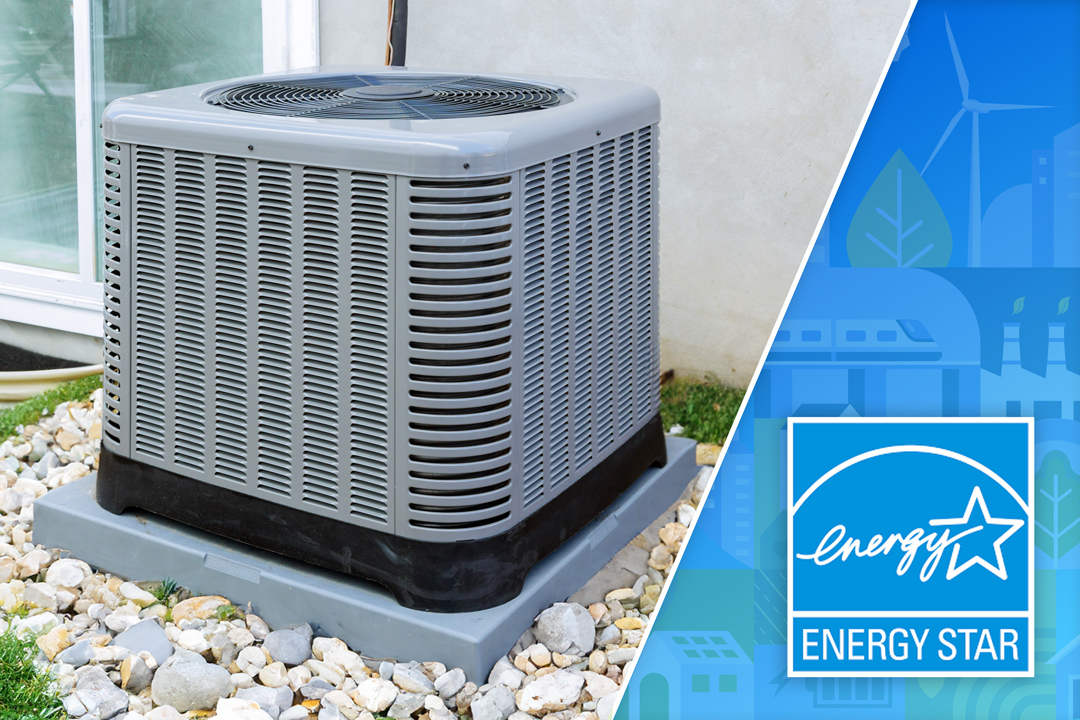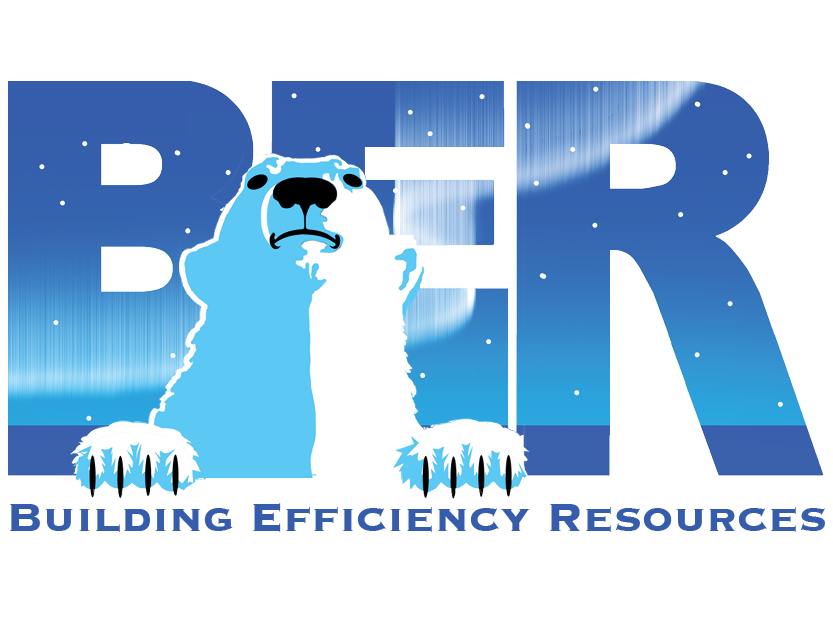The Importance of HVAC Design for Energy Star Certified Homes

Achieving Energy Star certification for homes is a significant accomplishment that signifies a commitment to energy efficiency and sustainability. The Heating, Ventilation, and Air Conditioning (HVAC) design plays a crucial role in obtaining and maintaining Energy Star certification for homes. With all the work you put in to achieving an ENERGY STAR certification, proper design is vital to the long-term energy savings and success of the ENERGY STAR program.
HVAC Design is of Paramount Importance
HVAC systems play a pivotal role in determining a home’s energy efficiency, and their design is fundamental to achieving Energy Star certification. We have all heard the “rule of thumb” from HVAC contractors, typically 1 ton per every 400 square feet. As homes are being built more tightly and more energy efficient, however, these rules of thumb have become antiquated and out of date. HVAC systems are complex and vary based on factors such as building size, location, usage, and climate. Relying solely on rules of thumb can lead to inefficient designs, increased energy consumption, and discomfort for occupants.
Reasons for Proper HVAC Design
The ENERGY STAR for Homes program requires a properly designed HVAC System for several reasons:
- No matter if you decide to go with Track A or Track B, both require a properly designed HVAC system. It is also needed to ensure that HVAC equipment is properly sized per Manual S guidelines.
- Properly designed HVAC systems contribute significantly to reducing energy consumption, ensuring optimal indoor air quality, and enhancing overall comfort.
- Energy-efficient HVAC design not only benefits the environment but also translates into tangible cost savings for homeowners.
- Reduced energy consumption leads to lower utility bills, providing a financial incentive for homeowners to invest in Energy Star certified homes.
- The long-term cost-effectiveness of these homes, driven by well-designed HVAC systems, makes them an attractive option for environmentally conscious individuals looking to save money over the life of their homes.
- Beyond energy efficiency, HVAC design significantly influences indoor air quality and overall comfort. Accurate sizing ensures that the HVAC system can effectively maintain a comfortable indoor environment.
- Properly sized equipment provides consistent temperature control, avoiding issues like temperature variations and humidity imbalances. Proper ventilation, air filtration, and humidity control are integral components of a well-designed HVAC system.
Energy Star certified homes prioritize these factors, ensuring that residents enjoy a healthier living environment with improved air quality and comfort. This emphasis on occupant well-being is a testament to the holistic approach of Energy Star certification, where HVAC design plays a critical role. A properly sized HVAC unit leads to the above benefits as well as aiding dehumidification, lower run times, lower maintenance costs, longer service life, and a happier homeowner. A properly designed HVAC system not only reduces energy bills but also lowers installation and maintenance costs. Investing in the right-sized equipment initially can result in significant long-term savings.
The Environment Will Thank You
Energy Star certification extends beyond individual homes to contribute to broader environmental sustainability goals. Reduced energy consumption results in lower greenhouse gas emissions which helps mitigate the impact of climate change. By promoting energy-efficient HVAC design, Energy Star certified homes actively participate in the global effort to create a more sustainable and eco-friendly future.
HVAC design stands as a cornerstone in the pursuit of Energy Star certification for homes and plays pivotal roles in cost savings, indoor air quality, and overall environmental sustainability. Homeowners have been shown to increasingly prioritize energy efficiency and sustainable living and the importance of well-designed HVAC systems cannot be overstated in this pursuit. Investing in Energy Star certified homes has a wide range of benefits for homeowners, their communities, and the global environmental common good.


